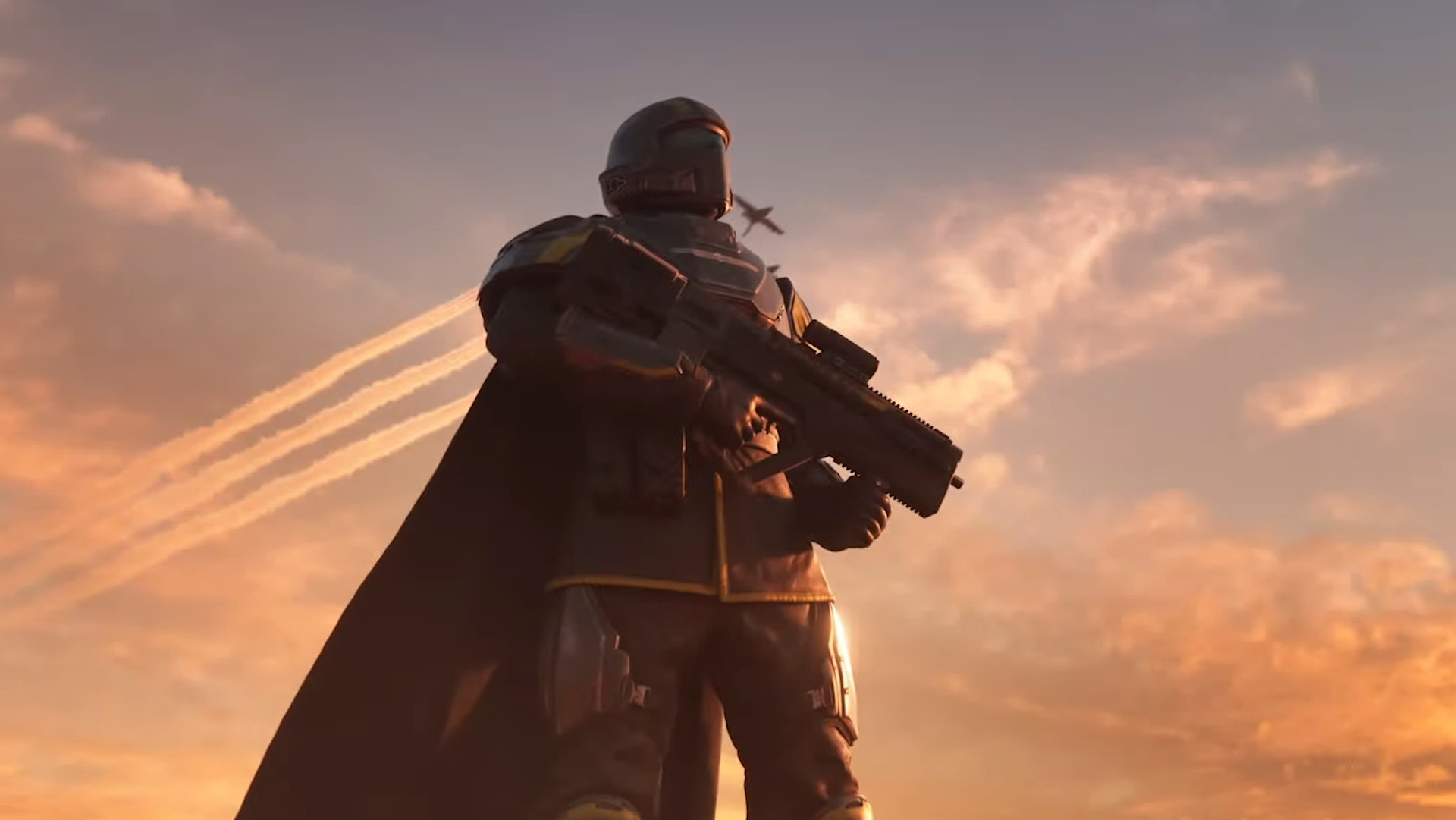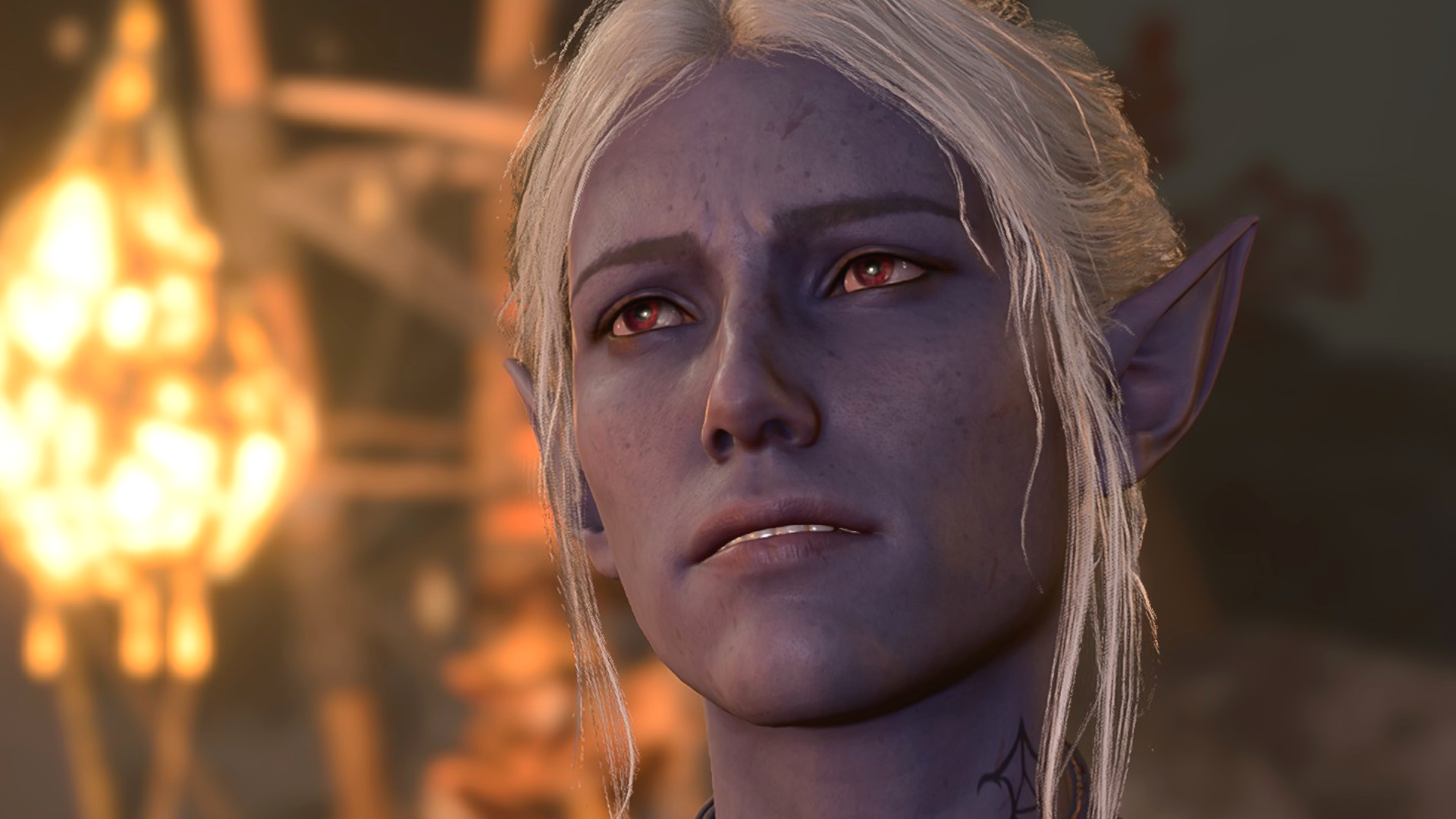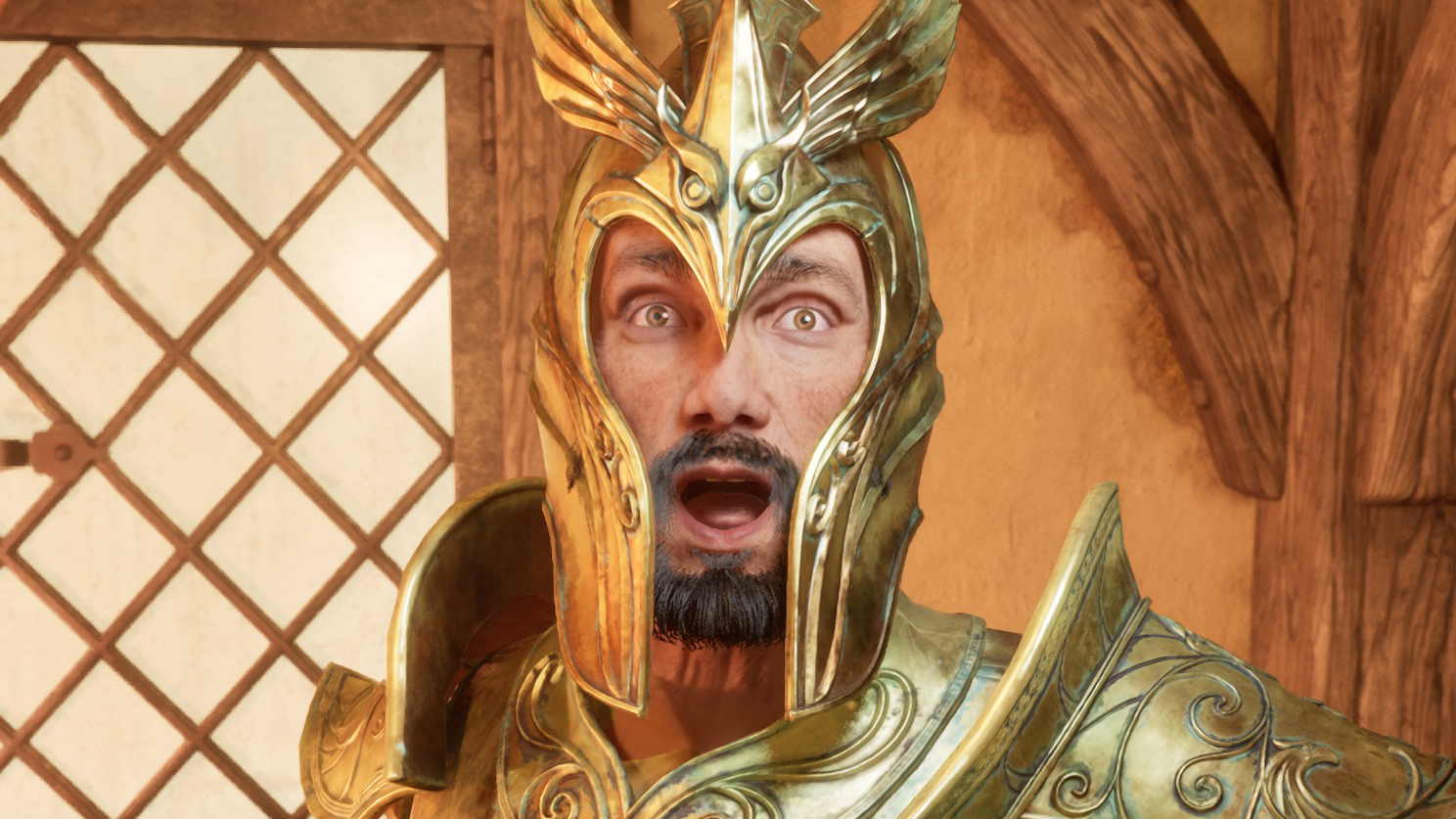
You gotta let people have fun with their lightning cannons and railguns.
If you asked me to list PC gaming’s contributions to the hobby at large, it wouldn’t take long for me to hit emergent gameplay, that hallmark of immersive sims and other PC-centric genres where a developer makes a sandbox deep enough to celebrate genuine player freedom and creativity—Baldur’s Gate 3 is one recent emergent gameplay champion, and so is the smash hit co-op shooter, Helldivers 2.
Speaking with PC Gamer editor-in-chief Evan Lahti, Arrowhead CEO Johan Pilestedt revealed that both games drew from a similar font of inspiration: tabletop RPGs.
“We all together imagined it, and then we talk about it as if it was real life,” Pilestedt said of the open-ended magic of games like Dungeons & Dragons. “We can joke about it decades later: ‘Do you remember when you blew me up with that spell?’
“In this game, we tried to visualize it, but it’s still the same kind of tight-knit group that had the shared experience. And it’s going to be something that connects those four that were there to a very special moment.”
Pilestedt points to one memorable instance he had with his group, where he landed a recoilless rifle hit on a ragdoll that flew into the air, almost like he was shooting skeet, sending it flying off in another direction. “We’re going to be able to retell that over and over when we’re having beers.”
Helldivers 2’s weapon design serves as a main avenue for that celebration of creativity and freedom: “We tried to be authentic at least, if not realistic, and celebrate the differences in the weapon systems, in the ways that things can unfold” Pilestedt said of the gun mechanics.
“We believe that when we do that, things will inevitably turn cinematic, and they will turn immersive, rather than locking that behind a cutscene. Let the player do the action, and you’ll see what happens.”
Pilestedt pointed to two weapons in particular as good examples of this ethos: the arc thrower and the railgun. The former is capable of highly damaging shots, but can also be somewhat unpredictable, simulating the travel of electricity in real life. Pilestedt called it “fickle,” and said that the team wanted it to feel like you’re playing with electricity—while cautioning players not to do so in real life.
With the railgun, Pilestedt explained that its “unsafe” mode came out of the team’s theorycrafting about how the future weapon would handle, and how future soldiers might jailbreak and jerry rig the thing. The charged weapon usually only lets you go up to 50% power, but operating in unsafe mode lets you cook up even more powerful shots at the risk of maxing out the meter, resulting in an immediate and very lethal explosion—another example of the slapstick, emergent, tabletop-style play Arrowhead prizes.
It’s exciting to see systems and player-driven design like Helldivers 2, Baldur’s Gate 3, or the recent Legend of Zelda games secure such explosive success after more bounded, cinematic design seemed to win the day for so much of the 2010s. The best may be yet to come as well, with Arrowhead keeping these priorities front and center as it continues to refine Helldivers 2.






